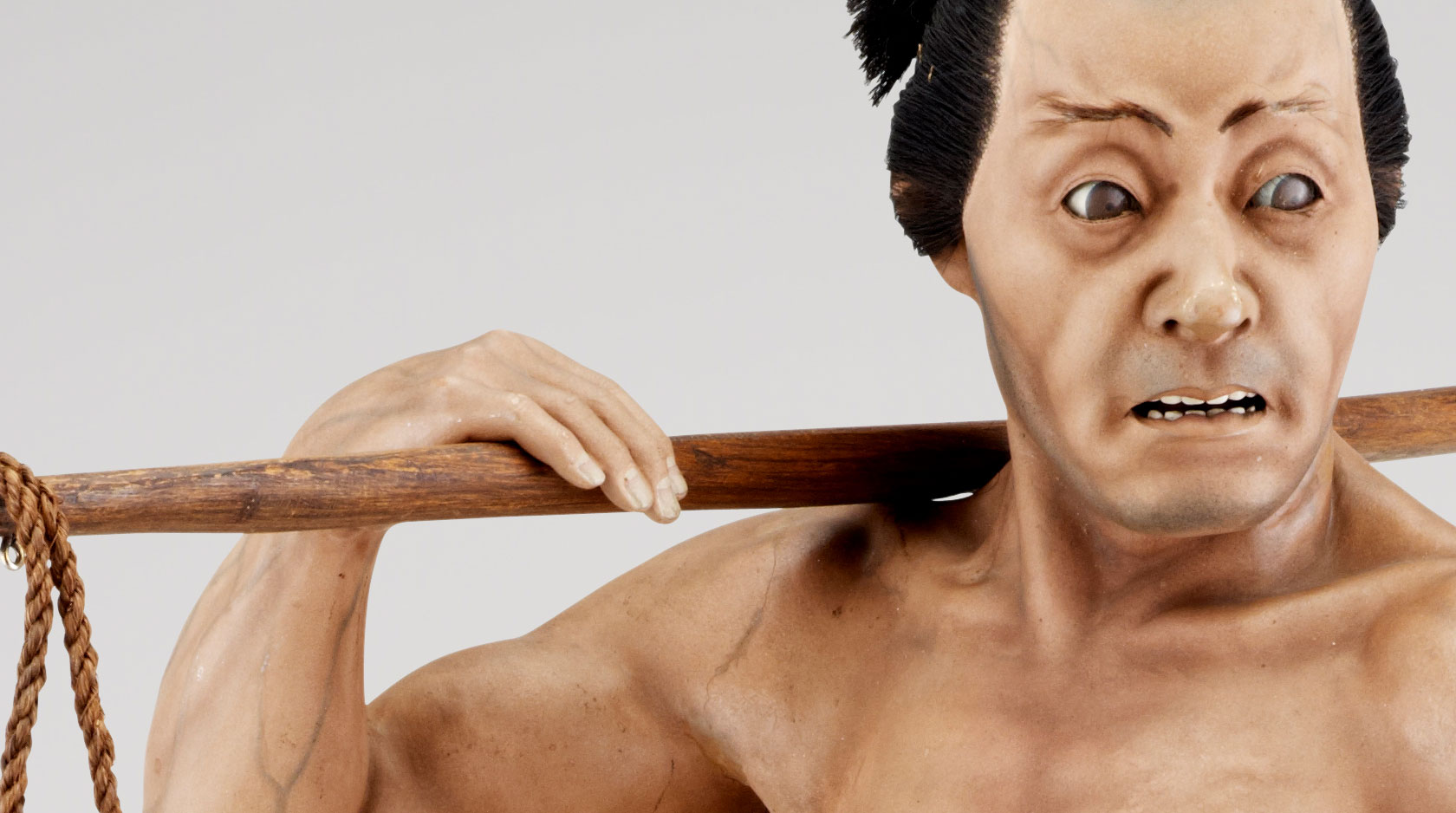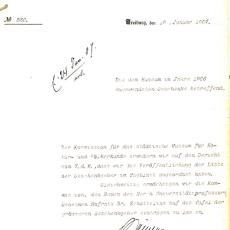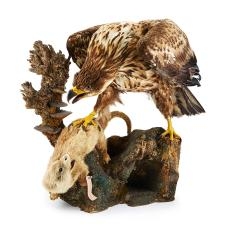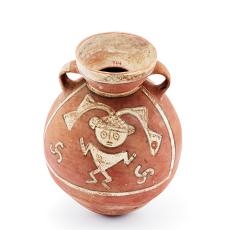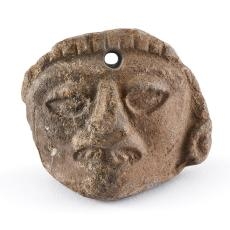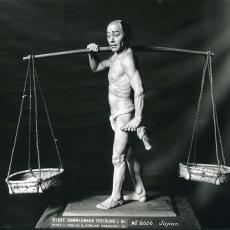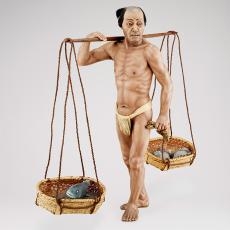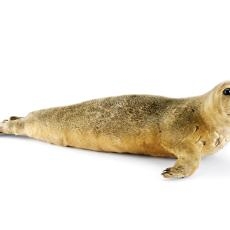Insights into the History of the Collection
Prof. Dr. Max Schottelius
15.11.1849 – 22.9.1919
Max Bernhard Justus Georg Schottelius was born on 15 November 1849 in Braunschweig. He received his doctorate from Würzburg in 1874 and completed his post-doctoral research (habilitation) in pathological anatomy in Marburg in 1879. His research focused on bacteriology and took him to Berlin, Paris and Munich. In 1883, Schottelius became first assistant at the Pathological and Anatomical Institute in Freiburg and associate professor in the Medical Faculty in 1884. In 1889 he was appointed full professor at the new Institute of Hygiene, of which he was director from 1895. Subsequent appointments to the Councillor (1899), privy councillor (1905) and privy councillor II. Class (1919) were to follow.
Schottelius retired on 1 April 1912. He was awarded the Order of the Zähringer Lion in the same year. Despite his retirement, Schottelius continued to teach at the university and was the director the institute until his death. Schottelius was also a member of the German Fleet Association and, from 1884, of the Naturforschenden Gesellschaft Freiburg (Nature Research Society Freiburg)
Schottelius disappeared in September 1919 on Lake Constance, the date of his death was recorded as 22 September 1919.
Schottelius Donation
The museum's records contain evidence of an ongoing correspondence between Max Schottelius and the institution from 1906 until 1912; his first donation in 1906 contained artefacts and specimens in the fields of natural history and ethnology with an estimated valued of 500 to 600 marks. This donation included two Japanese art objects, hunting bows and arrows from the Amazon region of Brazil, four old Peruvian pots, a gorilla skull from West Africa and an orangutan skull from Sumatra, Indonesia. In another donation, he gave an outstanding model figurine of a Japanese fisherman to the museum. In 1907, he also donated a sea eagle, which was displayed in a hunting tableau with an otter. In 1908, an otter, a grey seal and six sea birds were added, and in 1911, about 110 models of mushrooms.

